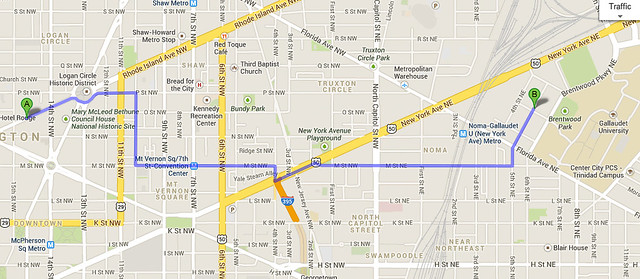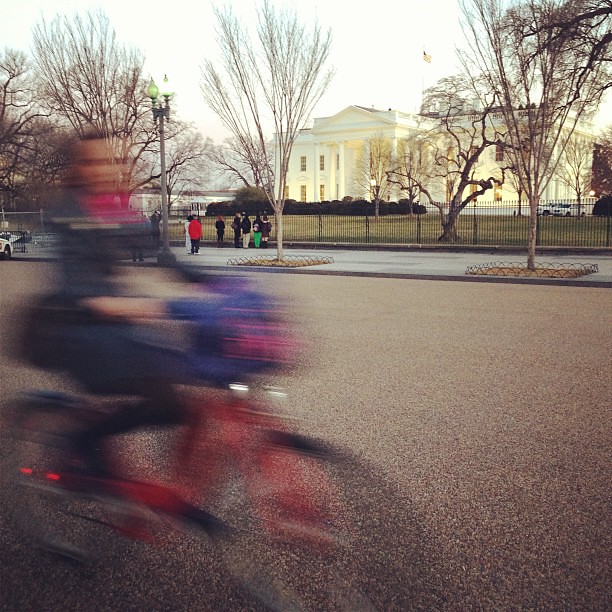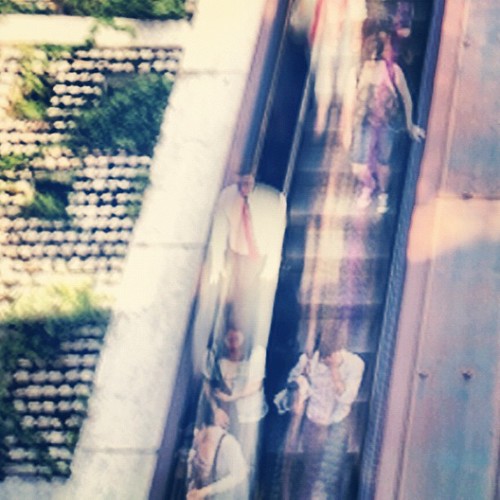SEO Consultant. $2k a month minimum.
This advertisement popped up on top of my Gmail. I saw this and thought: I am in the wrong line of work. Apparently, search engine optimization is so much in demand that you don’t need to state your qualifications or the benefits of your service – you just tell customers what they’re going to pay.
As someone who has worked on web sites for more than 15 years, I’m going to tell you a secret:
You do not need an expensive SEO consultant.
The practice of search engine optimization is based upon the belief that you can optimize web site content so that it shows up higher in Google’s search engine rankings. This is correct. There are simple things that you can do to improve your rankings, such as clear writing, good page titles and being consistent in how you describe your content. Most of the SEO practices that work revolve around words – the content of your site. Why is that?
You cannot outsmart Google.
Over the years, a variety of discredited practices have been employed by unscrupulous SEO consultants and shady web site operators to improve their site rankings. In the beginning (the 90s), this meant hidden text, where you hid a bunch of text in your site, visible only to search engines. Later on, it was the manipulation of meta-information, the descriptors of your site. Then, most maddeningly of all, it was keyword stuffing – where you repeated the same keyword over and over again in attempt to convince Google that your site was the authority on that keyword. For example, “The Acme Hotel is the best hotel in South Beach among all South Beach hotels, all South Beach hotel experts agree.”
A whole industry grew up around this practice called content farms – they produced low-quality, repetitive content that succeeded (for a time) in garnering top search engine spots on almost every topic.
But then Google changed their algorithm, killing off this industry. Their mission is provide searchers with the best content. They don’t want to send people to crap. They employ some of the smartest techies on the planet, much smarter than a content farm owner or a slick SEO consultant. There is only one way to beat them:
Write content that people want to read.
This is a simple idea that’s rarely practiced. Instead of investing in good writing, organizations post dry reports, self-serving press releases and jargon-choked product descriptions. They end up with a web site no human would want to read and then wonder: how come we’re not #1 in Google? It’s an outrage! We need an SEO consultant!
You don’t need a consultant. You need a writer. You need someone who knows your customer, someone who can look at your organization from the outside and determine what it is that people want. This information can be found in your site’s analytics – what are web site visitors searching for? It’s probably not your annual report but is instead something simple, like a price list or store locator or if a widget comes in blue.
Start there, with this unsatisfied need that visitors have expressed. Write pages that answer these questions. Skip the SEO consultant and, instead, write content that people want to read.







